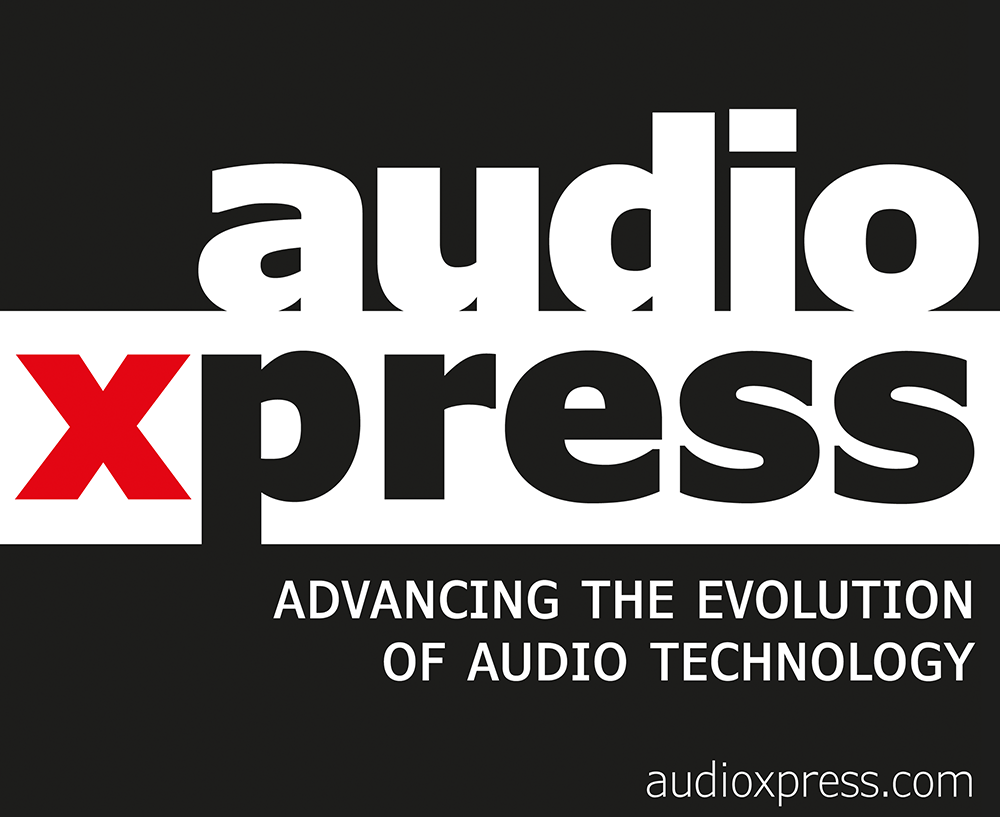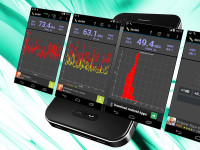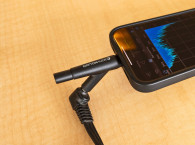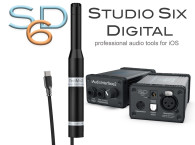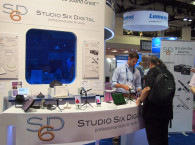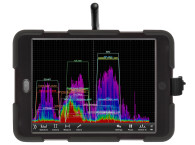
"In comparison to the test and measurement behemoths of the past, today’s assortment of smartphone-based sound measurement apps outshine Dick Tracy’s fictitious wrist TV in terms of increased functionality per unit of weight! These apps comprise a vast range of tools, some intended for amateurs, and some for professionals. Their measurement capabilities extend from simple noise level measurements to comprehensive acoustical / electroacoustical test platforms," the author writes.
The article also addresses the shortcomings in smartphone devices for those applications, since none of the hardware or mobile operating systems was created with audio/acoustical testing foremost in mind. "One of the problems is the user’s presumed expectation that (s)he can just use the internal microphone. Since the microphone systems were primarily designed for speech, most do not have good response below about 300 Hz. This weakness can be addressed by the use of a calibrated external test microphone and preamplifier, if the mobile device can accept an input from these. Another weakness is the sampling frequency. Some models sample at 8 kHz, leading to a Nyquist frequency (theoretically highest usable frequency) of 4 kHz. Some later models sample at frequencies up to 48 kHz, allowing for measurements slightly beyond the top of the human hearing range. The third weakness is latency — the “waiting time” involved in internal digital processing. Latency imposes very real limits on the implementation of any measurement system using digital processing."
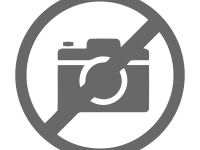 Touching on the challenges and benefits of the smartphone approach as a mobile test and measurement device, as well as reviewing available apps, this an article that needs to be broadly shared while it is still up to date. Read the full article now available online.
Touching on the challenges and benefits of the smartphone approach as a mobile test and measurement device, as well as reviewing available apps, this an article that needs to be broadly shared while it is still up to date. Read the full article now available online.This article was originally published in audioXpress, November 2015.
